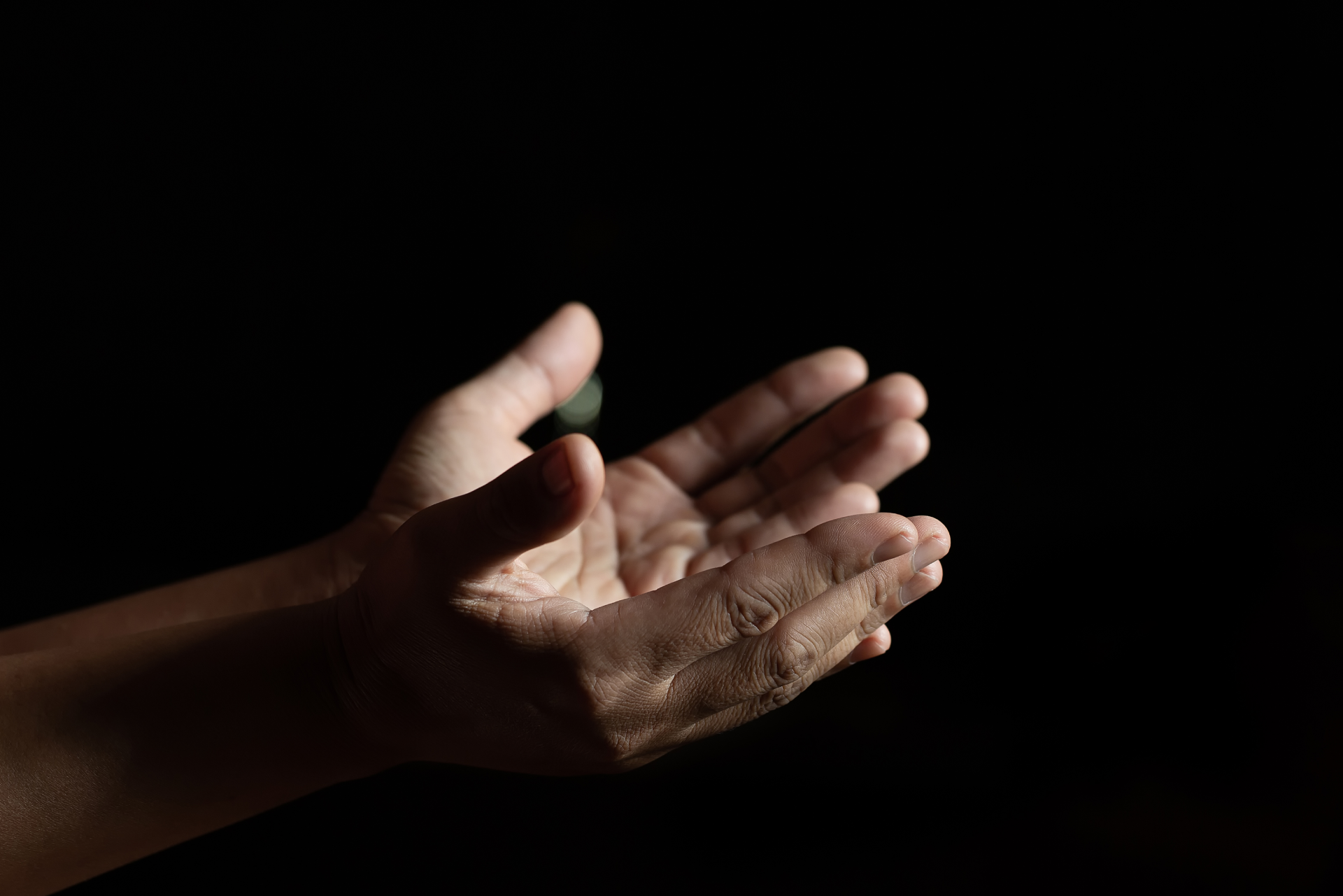Religious Conversions, Slavery and Human Trafficking between the two Adriatic Coasts (16th – 17th century)

Short description of the course:
The issue of slavery and human trafficking in the 16th and 17th centuries on the eastern Adriatic coast is a challenging research topic. In these two centuries, due to the very intense and changing Venetian-Ottoman relations, marked by four wars, there have been fateful demographic, ethnic and confessional changes that have left (almost indelible) traces in this area.
It can be said that voluntary and forced migration gave the stamp to this period, and among the forced are certainly those caused by war events and human trafficking. However, unlike medieval human trafficking in the eastern Adriatic, which has been relatively well processed, the issue of Christian and Muslim slavery in the 16th and 17th centuries is not sufficiently known, and it can even be said, at least when it comes to the 16th century, that the numerous (but scattered) archive sources that testify to it have been neglected.
During the course, the students will have opportunity to get known with the rich archival sources as well as main scientific literature on human trafficking, slavery, religious conversions, especially in view of the Venetian-Ottoman conflicts in the 16th and 17th centuries, migratory processes in the border area between the Venetian Republic and the Ottoman Empire, and the intensive presence and transactions of human traffickers from the Peninsula on the eastern Adriatic. It will seek to determine to what extent Christianity on the one hand and Islam on the other, justified or disputed the phenomenon of slavery through the theological thought of that time and to what extent it was conditioned by state policies.
As part of this course, students will comprehend the influence of political, religious and economic interests, especially of the Venetian Republic, the Ottoman Empire, the Naples Empire and the Papal State on the issue of slavery and human trafficking during the turbulent 16th and 17th centuries.
University
University of Zadar
Teacher/Course Responsible
Zdenko Dundovic
Max no of students
30
Min no of students
10
Language
English
ECTS
3
Number of contact hours (teaching hours)
15
Hours of study autonomous individual work
30
Period – dates
March 4th, 2025: 14:00 – 15:30 PM (CET)
March 11th, 2025: 14:00 – 15:30 PM (CET)
March 18th, 2025: 14:00 – 15:30 PM (CET)
April 1st, 2025: 14:00 -15:30 PM (CET)
April 8th, 2025: 14:00 – 15:30 PM (CET)
April 22nd, 2025: 14:00 – 15:30 PM (CET)
April 29th, 2025: 14:00 – 16:15 PM (CET)
Timetable/hours
March 4th, 2025, 14:0oPM – 15:30PM;
March 11th, 2025, 14:00 PM – 15:30PM;
March 18th, 2025, 14:0oPM – 15:30PM;
April 1st, 2025, 14:0oPM – 15:30PM;
April 8th, 2025, 14:0oPM – 15:30PM;
April 22nd, 2025 14:0oPM – 15:30PM;
April 29th, 2025, 14:0oPM – 16:15PM
Teaching mode
Online








